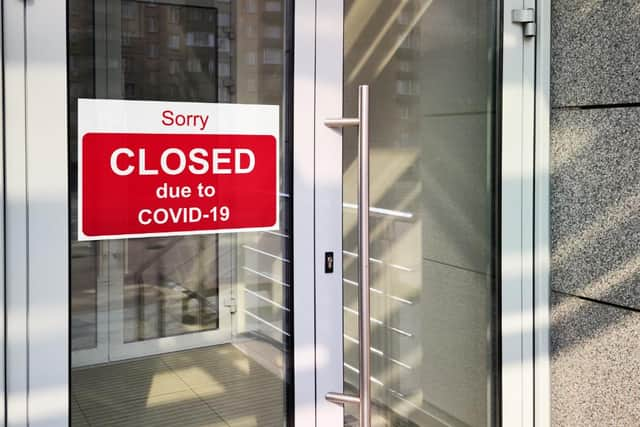Can I go to work? These are the key workers who should continue to work during new Scotland lockdown in 2021
First Minister Nicola Sturgeon announced that mainland Scotland will enter a new lockdown to curb rising coronavirus cases.
The new restrictions came into place at midnight on Monday 4 January, after it was decided that the five-tier local system was not enough to contain the new, more transmissible strain of the virus.
Advertisement
Hide AdAdvertisement
Hide AdUnder new laws, people in Scotland will be required to “stay at home”, and schools will close to most pupils until February.


However, the children of critical workers can still go to school so their parents can still work their jobs to help with the coronavirus response.
So, who does the Scottish Government deem to be key workers during the fresh lockdown? Here is the full list.
Who is a key worker?
The key worker list differs in Scotland from England, as the government has asked local councils to draw up specific lists of key workers for their areas.
This is to reflect “the diverse range of localities” in Scotland and so critical workers can be decided based on local needs, which differ in island, rural and city communities.
Therefore, to find out if you are a key worker you should go to your local council website. If you’re unsure which is your local council, find it via the UK Government’s postcode checker.
According to the Scottish Government, the definition of key worker is people “in posts which ensure that essential services can be delivered and cover tasks within the local community which support the vulnerable and aid community resilience”.
What are the key worker categories?
Instead of setting out a definitive list, the government has drawn up three categories of key workers that they expect local councils to include.
These are:
Category 1
Advertisement
Hide AdAdvertisement
Hide AdHealth and care workers directly supporting the coronavirus response or life-threatening emergency work. Energy suppliers and staff providing childcare or learning for other category one staff are also classed as key workers.
Category 2
All other health and care workers, and wider public sector workers providing critical and emergency welfare services.
This includes workers in the fire, police, social and prison services, as well as those supporting the Critical National Infrastructure.
The government also highlights that all school staff, and staff providing childcare and early learning services, who are required to attend their work in person, would qualify as category one or two key workers.
Category 3
All workers in the private, public or third sector without whom there could be a significant impact on Scotland, but where the response to coronavirus, or the ability to perform essential tasks to keep the country running, would not be severely compromised.
Is there priority testing for key workers?
Key workers, and their households, are also entitled to priority for coronavirus testing appointments in Scotland.
The government has split these into five different priority groups:
Priority Group 1A
Staff delivering NHS services, providing social care to protect and care for the most vulnerable.
Priority Group 1B
Advertisement
Hide AdAdvertisement
Hide AdStaff with face-to-face roles in residential institutions with people in the care of the state and those who are working essential services with niche roles, where service resilience is at risk.
Priority Group 2
Essential workers in critical national infrastructure fundamental for safety and security, and life-line services.
Priority Group 3
Staff directly involved in delivering other essential services.
Priority Group 4
Staff and volunteers in third or public sector organisations including unpaid carers, and staff in nationally or locally significant industries important to economic sustainability and growth.
